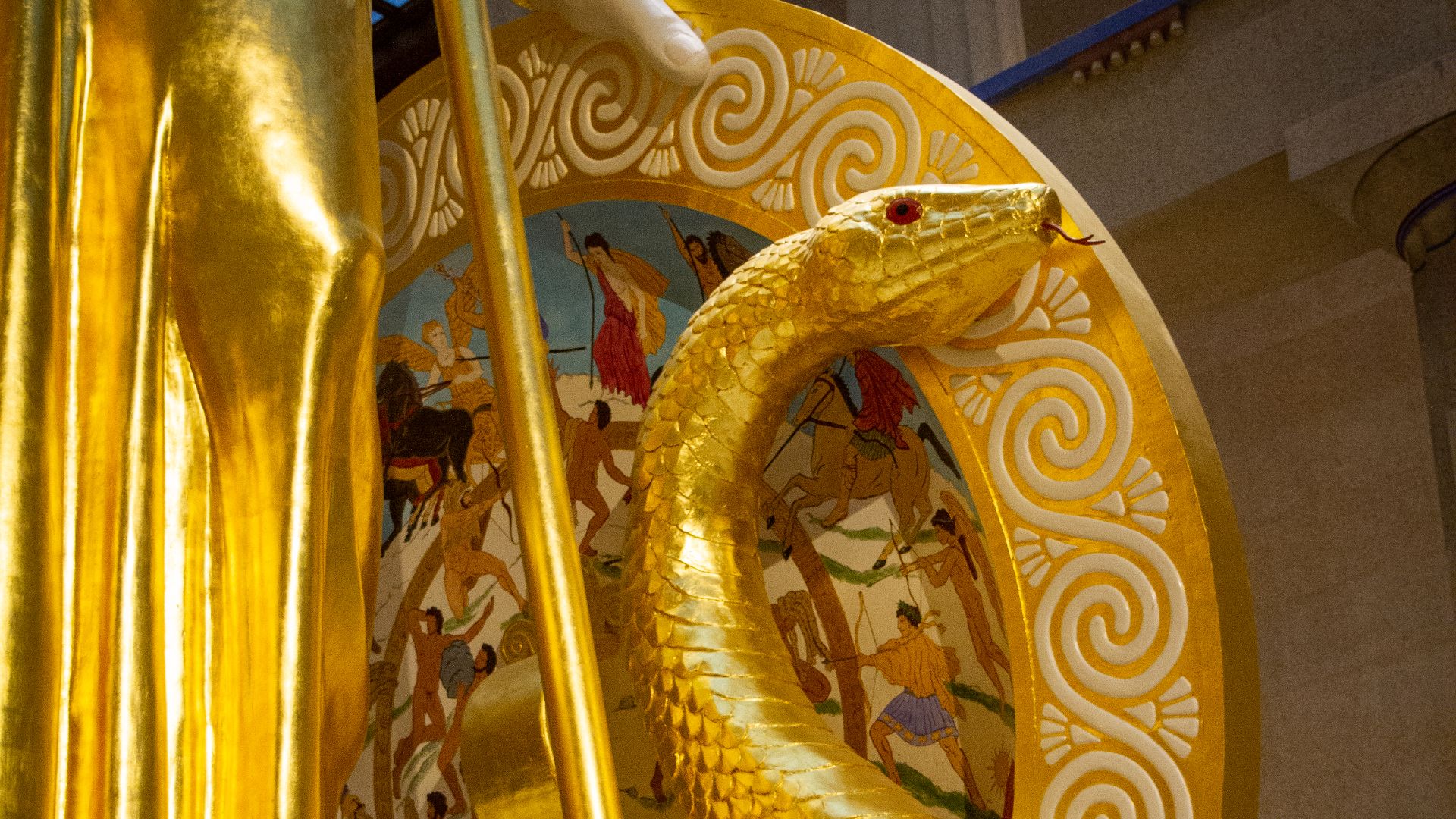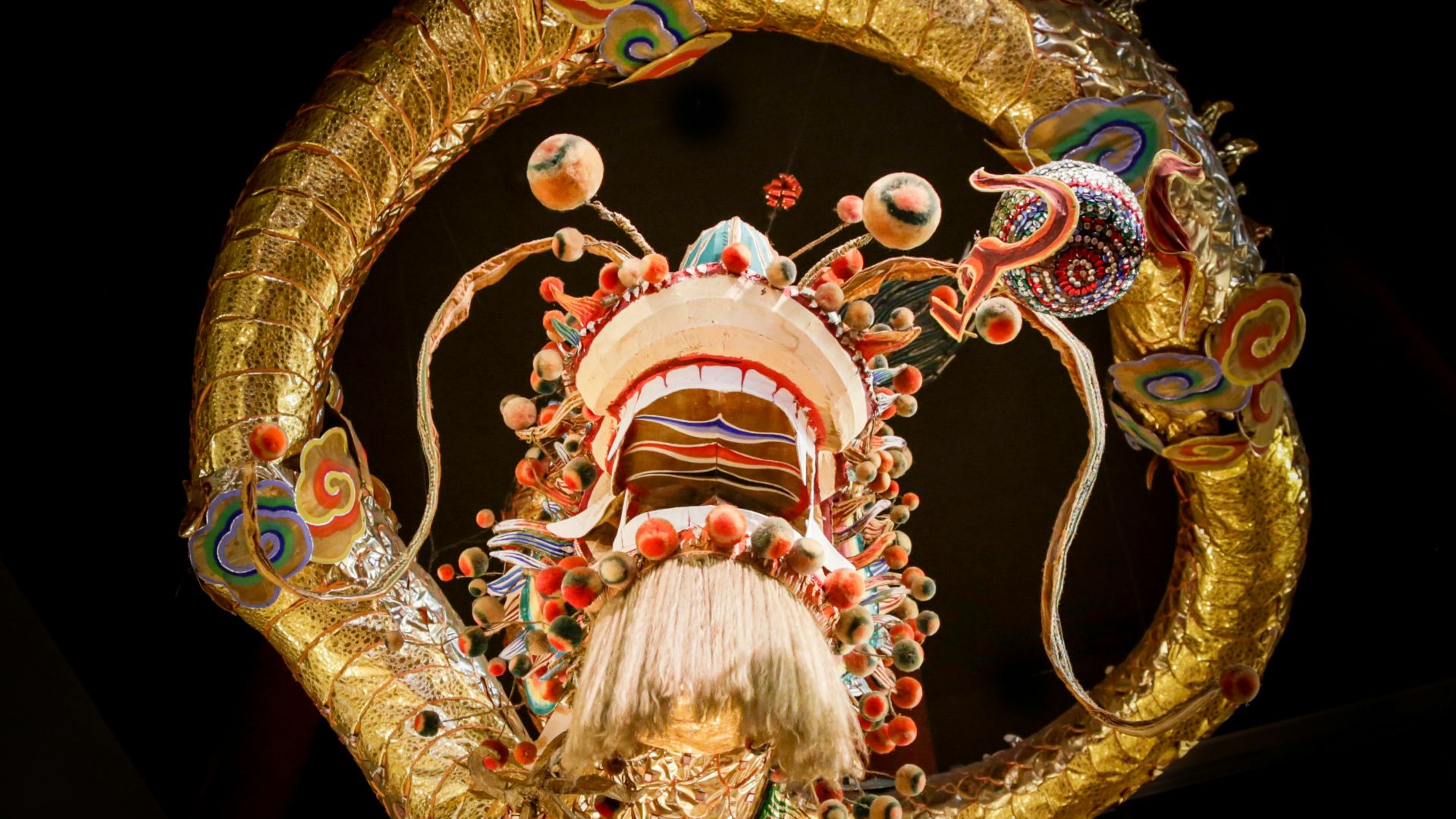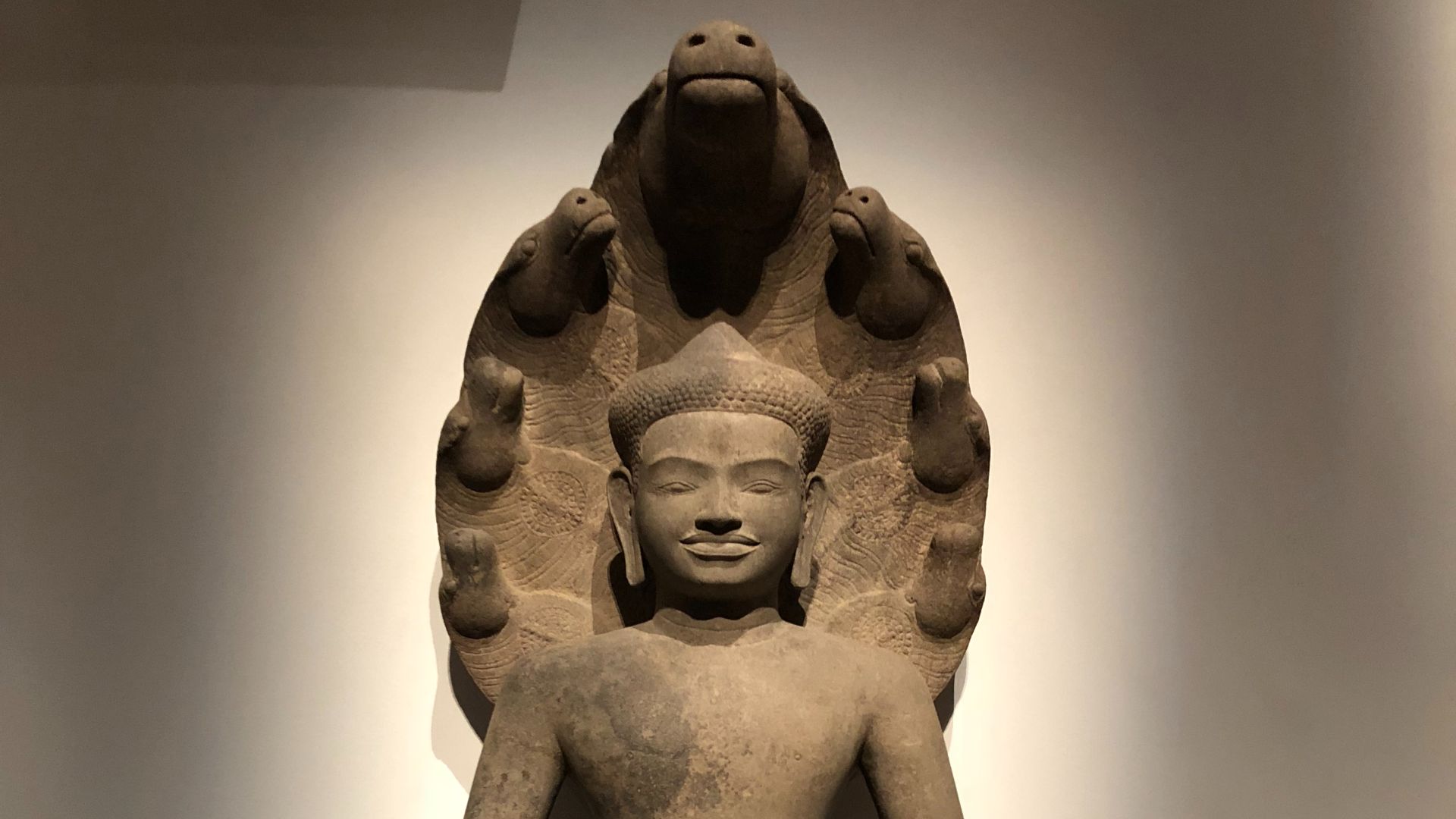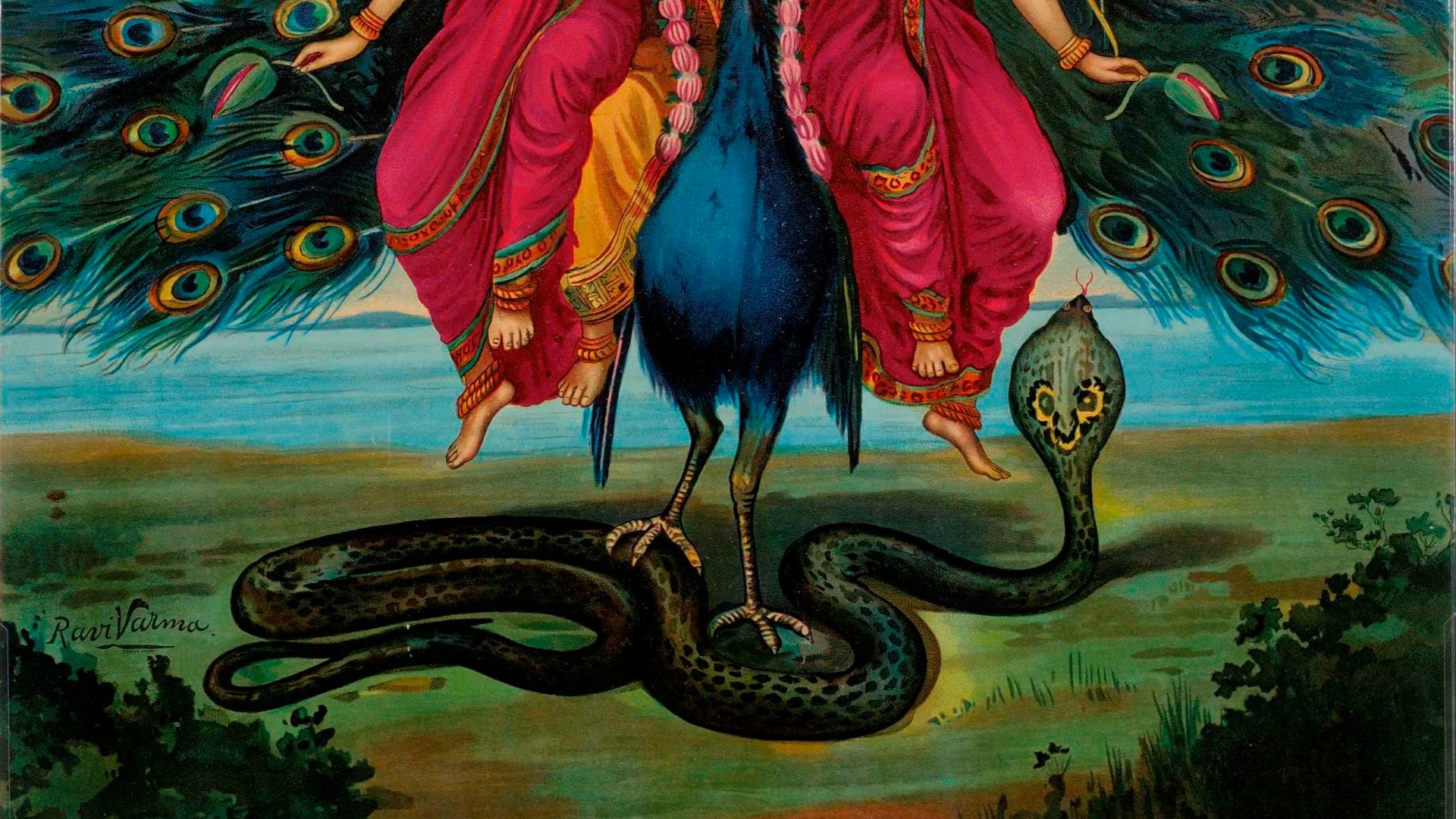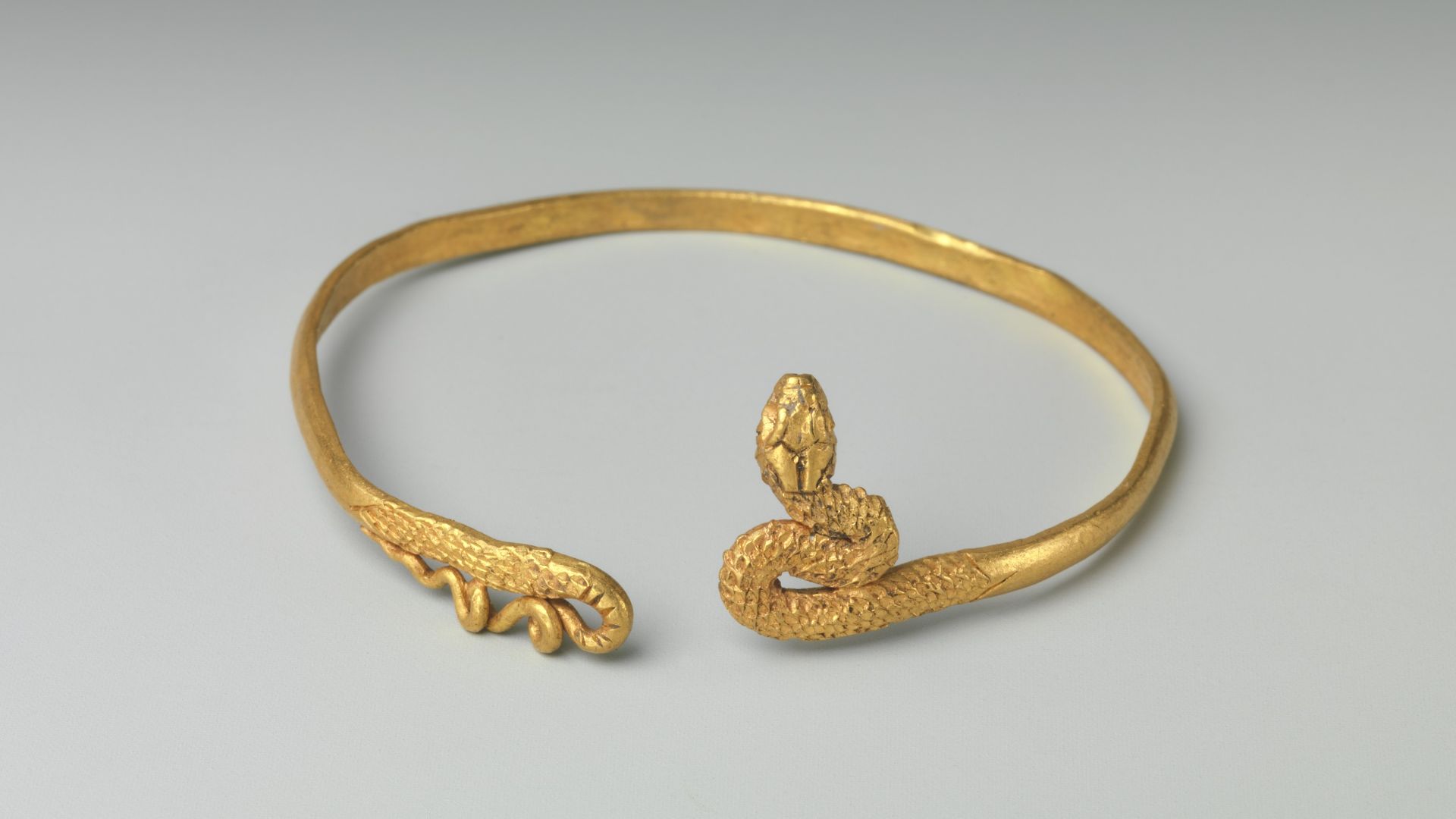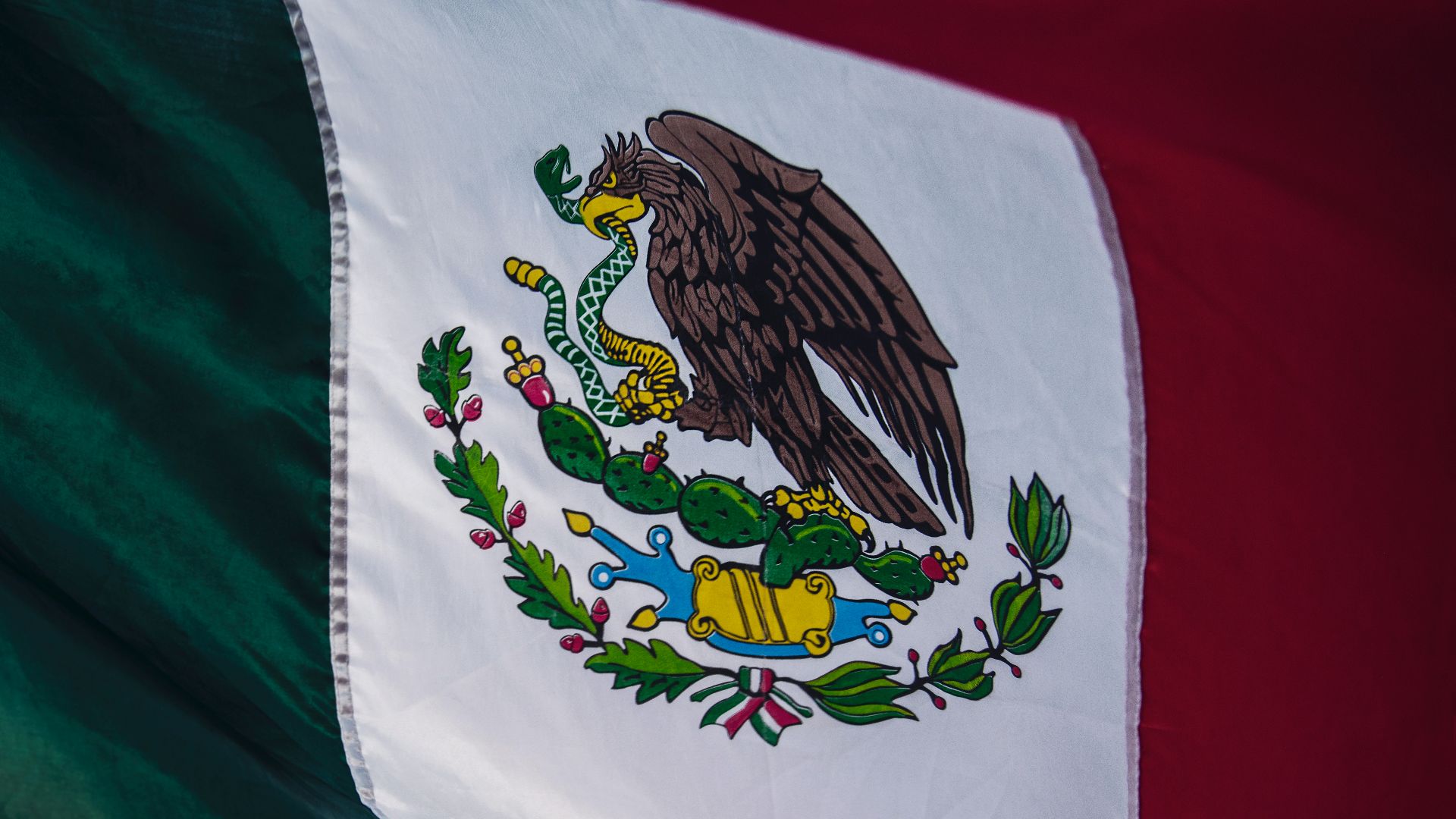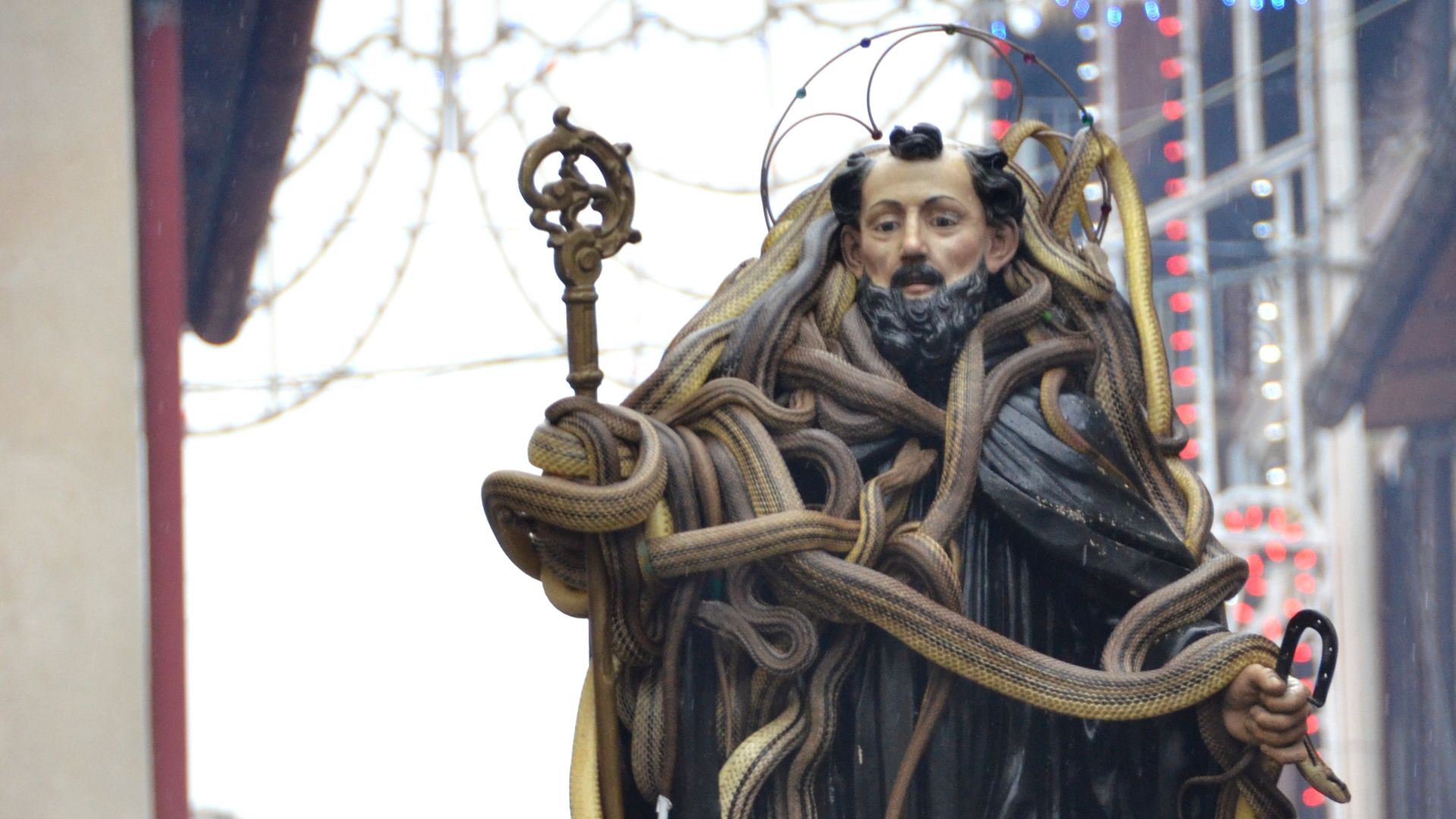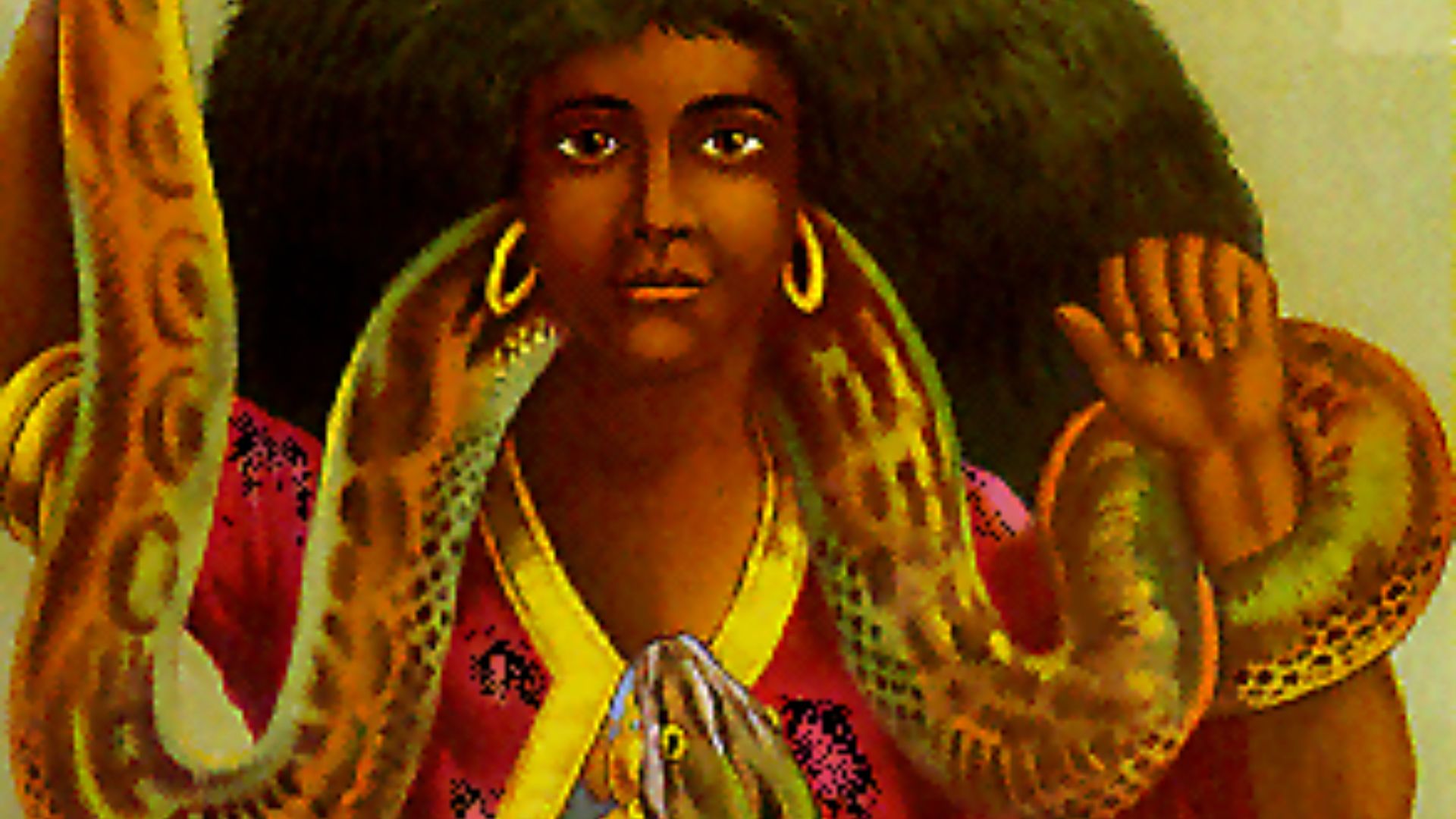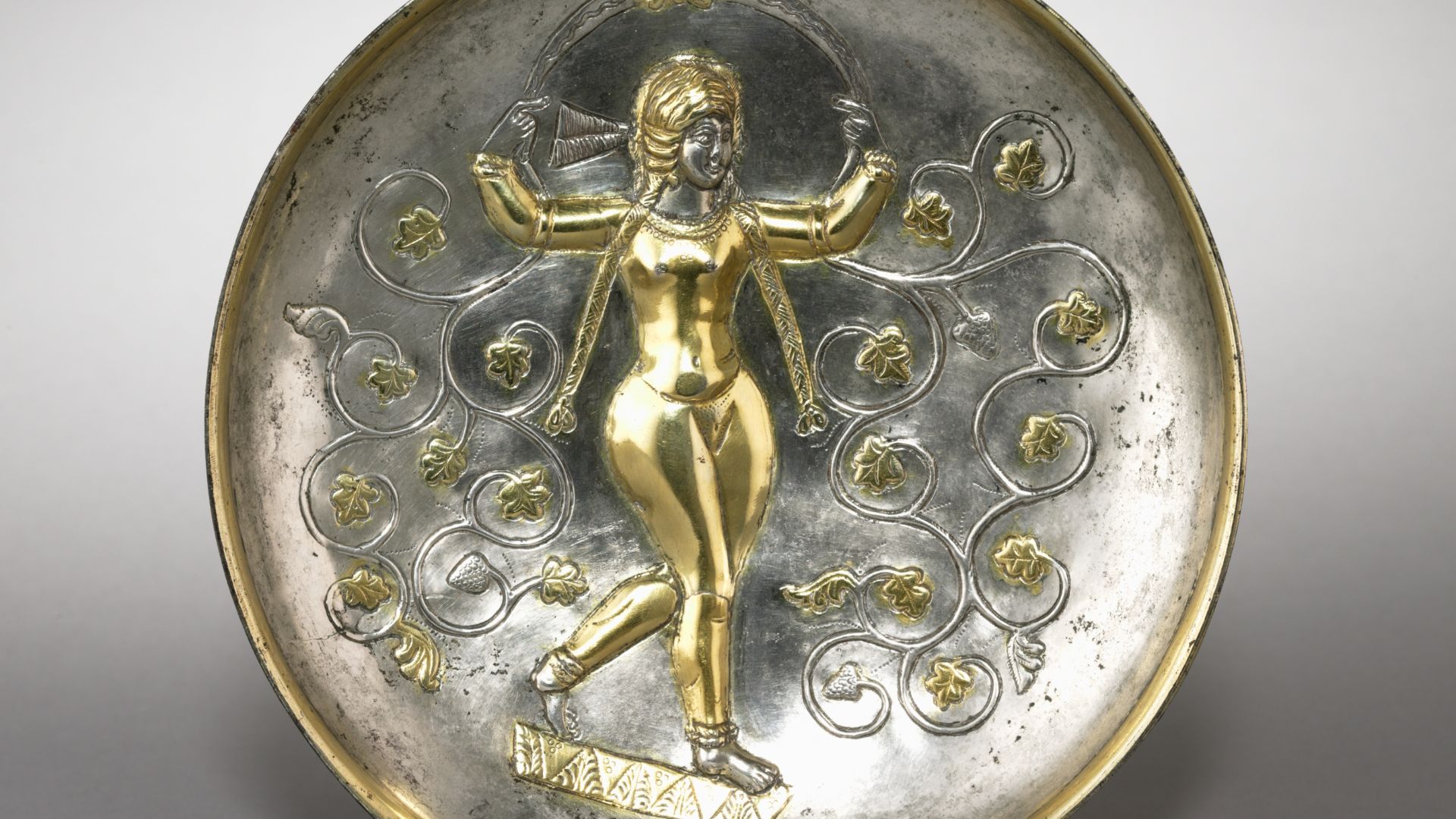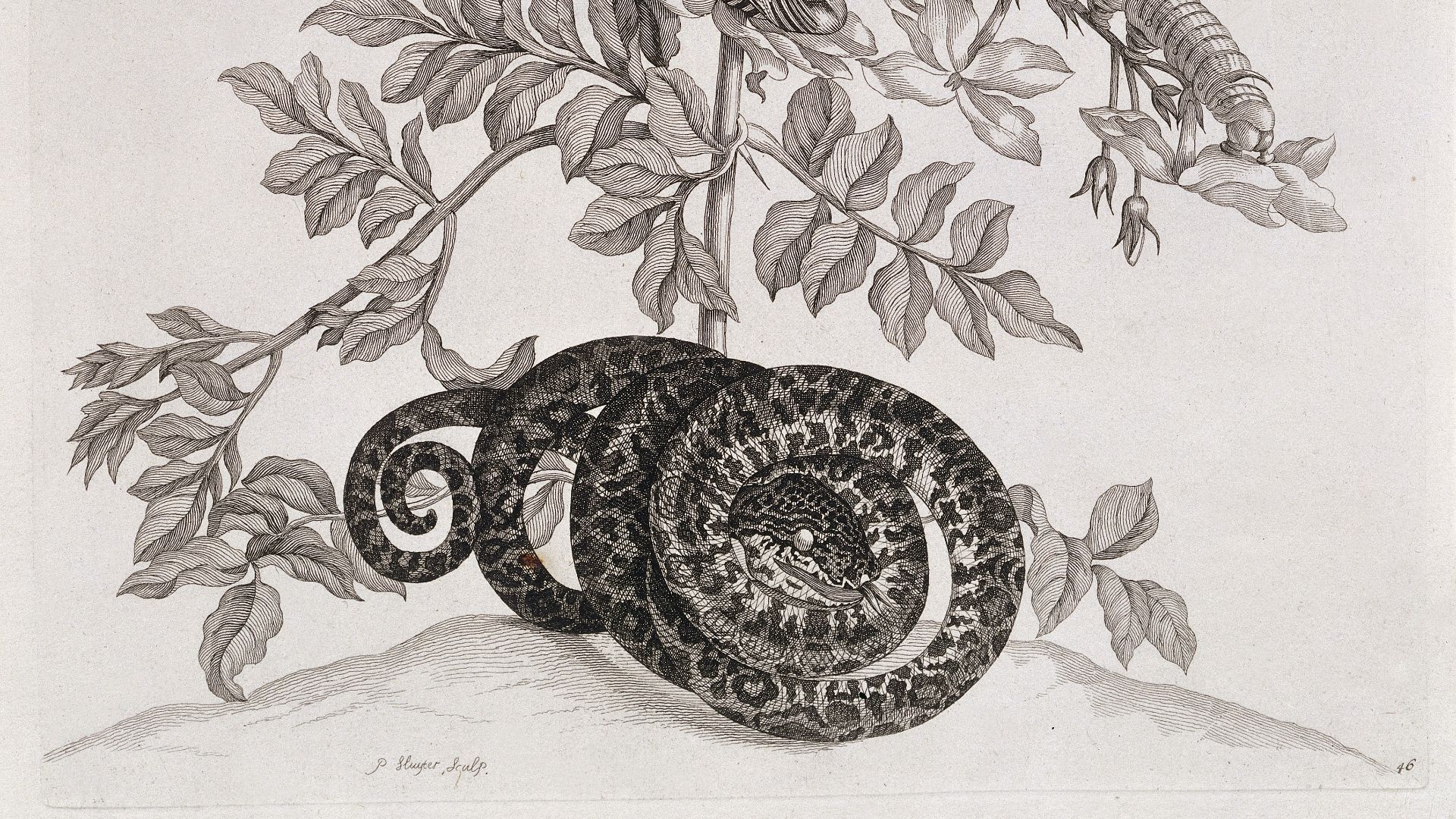How Snakes Have Slithered Their Way Into Culture
The Chinese zodiac proclaims 2025 as the year of the snake. So, what does that mean to you? No matter where you're from on Earth, chances are snakes have been significant to your culture. Rooted in mythology and historical events, find out what one of the most feared reptiles symbolizes across the globe.
1. United States
During the American Revolution, the rattlesnake was Benjamin Franklin's symbol of America, showing dissatisfaction with Great Britain's rule. His famous 1754 political cartoon Join or Die depicted a cut-up snake to signify the superstition that if a snake put itself back together before sunset, it would return to life. America wanted freedom and the snake symbolized individualism, unity, and liberty.
 British Cartoon Prints Collection on Wikimedia
British Cartoon Prints Collection on Wikimedia
2. Ancient Greek Mythology
Snakes are abundant in ancient Greek mythology and were worshipped along with the gods. Of course, there's Medusa, with her hair alive with venomous snakes who protected secrets with her two monstrous sisters. The renowned god Ophion's name translates to "serpent" and the enemy, Typhon, had a hundred snakes protruding from his thighs. Needless to say, there's no shortage of snakes when you're dealing with the Greek gods.
3. China
The main significance of the snake in China is its place in the Chinese zodiac. As legend has it, the snake was the sixth animal to cross the finish line in the epic race of a dozen animals. The snake represents the personality of the people born in 2025 and in past corresponding years. It's believed that intelligence, persuasive, and mysterious are some of the traits.
4. Native American Mythology
Serpents appear in the mythical tales of several Native American tribes, giving the "king of the snakes" title to the rattlesnake. A horned serpent is an image that appears on North American artifacts, apparently signifying water, rain, and rebirth. In one revenge story, a murderous serpent unleashes a flood when it's killed by a god.
5. Cambodia
An origin myth about a Naga princess, Cambodia's serpent queen, explains the country's history. Snakes play an important role in Cambodian culture, representing water, fertility, protection, and connection to the spiritual world. Their multi-headed Naga queen is the ruler of these elements and appears in Cambodian art, architecture, and many other aspects of the culture.
6. Hindu Mythology
Snakes are royalty! Similar to Cambodia, Naga deities were deeply rooted in ancient Hinduism, only they typically took the form of cobras. Snake symbols appear in many Hindu texts, often representing fertility, protection, and rebirth. In some Himalayan regions, Nagas are considered rulers of the region, protecting the water resources from the underworld.
7. Egypt
Images, jewlery, and other objects representing snakes can be traced back thousands of years ago when pharaohs ruled the empire. Like several other cultures, snakes were often symbols of protection in ancient Egypt and seen as divine royalty. Serpents were thought to have magic powers and they frequently appear in Egyptian mythology with the gods.
8. Nordic Mythology
Could you imagine a snake so long it could circle the entire Earth? According to Norse mythology, the "World Serpent" was that big. The enormous snake appears in many legendary tales from Nordic culture, along with other serpent beings. Symbolism of death and rebirth was also apparent in the viking community, and snake motifs greatly appeared on pieces of jewlery and objects.
9. Canada
You'll find snakes depicted in petroglyphs, petroforms, tree bark scrolls, and other art forms by First Nation tribes throughout Canada. Serpents were considered to be spiritual beings, relied on for protection and guidance. Powerful snakes are the protagonists in many creation stories and legends of First Nations people.
 aka Tman from Guelph.........Ontario, CANADA on Wikimedia
aka Tman from Guelph.........Ontario, CANADA on Wikimedia
10. Ireland
Fun fact: There are no wild snakes in Ireland, thanks to St. Patrick, who allegedly banished them all of the island when they tried to attack him. If you're familiar with the famous Book of Kells, the legend is written in there and snakes are decorated all over its pages. Snakes take on several symbolic meanings including Christ's resurrection, which depicts the shedding of old skin as rebirth.
 Opper, Frederick Burr, 1857-1937, artist on Wikimedia
Opper, Frederick Burr, 1857-1937, artist on Wikimedia
11. Japan
Snake skin may have another meaning in Japan, as it's a common Japanese tattoo. The snake symbolizes many things in Japanese culture like luck, protection, and transformation. Snakes slither their way into Japanese mythology and folklore, with godly serpents creating rivers and warding off evil.
12. Mexico
A snake is on the flag! The national coat of arms depicts a snake squirming in the mouth of an eagle, based on the ancient Aztec symbol for Mexico City, the center of the Aztec empire. The eagle symbolizes victory and bravery of the Mexican people and the snake represents evil and the struggles against adversity.
13. Italy
Cucullo, Italy hosts a festival of snake-catchers on the first of May every year in honor of St. Dominic di Sora. The patron saint is the protector against snake bites and toothaches and stems from a pagan legend. During the pagan period, snake-charmers were priests who worshipped the Roman serpent goddess Angitia and snakes were symbols of healing.
14. Australia
Australia is known to have a large population of deadly snakes so it's no surprise they appear in many legendary tales. The immortal Rainbow Serpent is well-known to the Aboriginal people across the country, associated with mythology about the creation of the world. Snakes symbolize many things including creativity and continuity, and are represented in many Aboriginal paintings and carvings.
15. New Zealand
Like Ireland, snakes aren't native to New Zealand but they're apparent in Maori mythology. The Maori people find their most legendary snakes underwater. The Taniwha are supernatural dragon-like snakes that hide in the depths of the ocean, rivers, lakes, and caves, and they like to dine on human flesh.
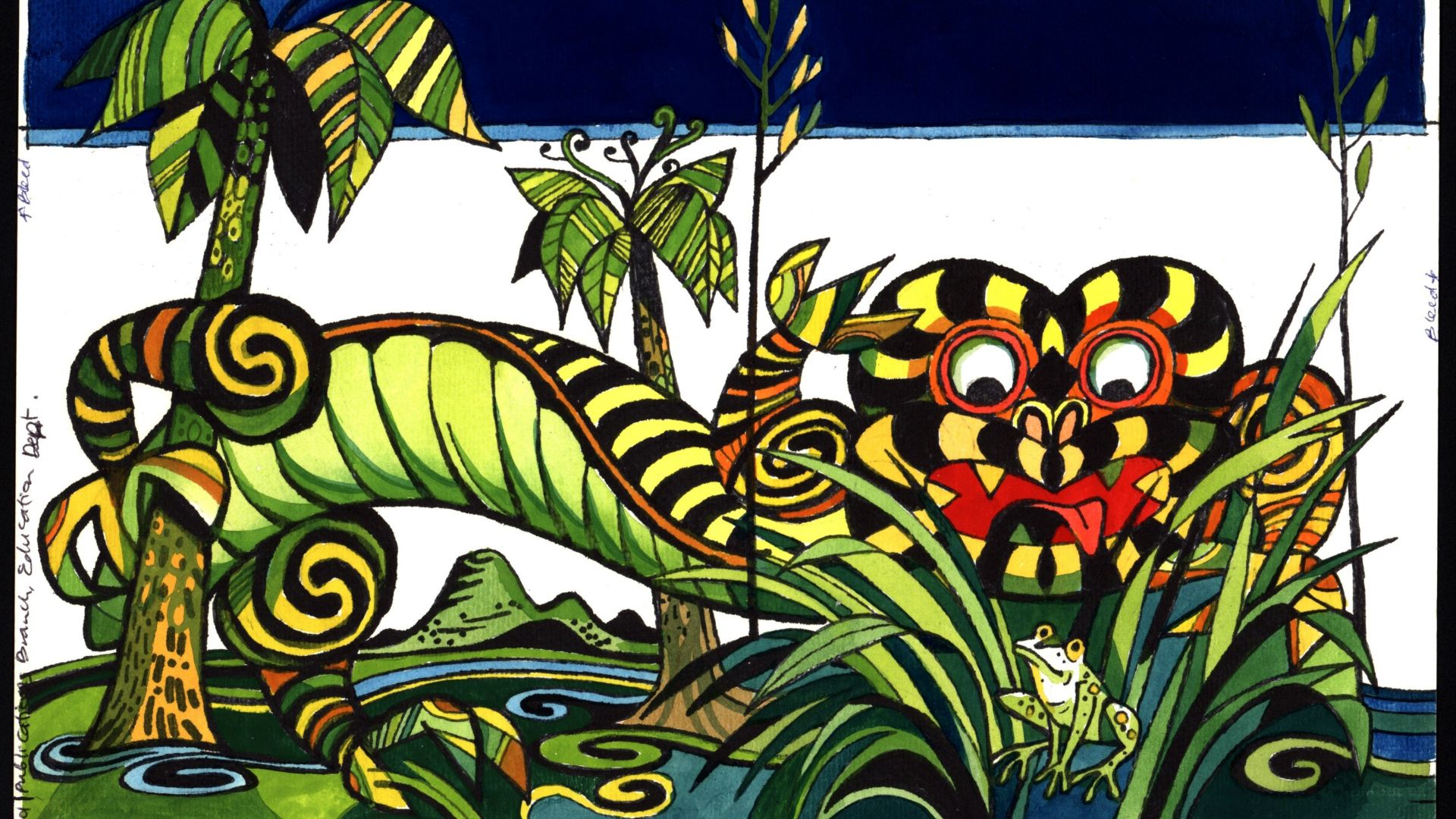 Murray Grimsdale / Archives New Zealand on Wikimedia
Murray Grimsdale / Archives New Zealand on Wikimedia
16. Jamaica
Snakes of the Caribbean. The Jamaican Boa Constrictor is native to the country and is one of the largest snakes in the region. The long boa has symbolic significance to the culture, representing power, protection, and resilience. A boa is often the savior of humans in stories from Jamaican folklore.
17. United Arab Emirates
During the Bronze Age and Iron Age, an abundance of pottery in the United Arab Emirates was decorated with snake motifs and symbols. Serpents represented many things including knowledge and prosperity. Archeologists believe that snakes had a religious purpose and were worshipped by ancient civilizations.
18. Africa
The powerful Mami Wata is well-known across African cultures. The mermaid-like goddess was first introduced in ancient African folklore to represent encounters with Europe. In the mid-19th century, her image evolved into a snake-charmer with serpents draped over her shoulders. You can read many fascinating tales of this exotic water spirit who lives in a mansion under the sea.
19. Iran
In ancient Iran, thousands of years ago, serpents appeared to be worshipped alongside the fertility goddess. They were seen as life sources and species of immortality. Snakes were portrayed on objects to represent water, wealth, and fertility and in later Iranian cultures, the symbolism became more about desire and forbidden knowledge.
20. Meso-American Mythology
In many Meso-American cultures, snakes represent the portal between two worlds. A serpent-dragon known as the Amaru is described in myths from the Andean civilizations of South America. In Inca legends, the Amaru is a two-headed snake that rules the mystical underground of rivers and lakes.



